Art of the Genre: Concepts of a Fallen Vanguard
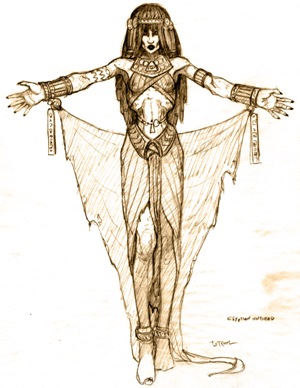
Now I’d had some limited experience with Vanguard back in about 2008. In a former life I took part in Sony’s Star Wars Galaxies circa 2003, and a friend of mine convinced me to come over to Vanguard and say hello many years later. Since it was only eight months after Vanguard’s release, I figured I’d oblige, so I went to a local Gamestop and asked the clerk where I could find the game. He actually laughed in my face.
Come to find out Vanguard had been a colossal bomb, so much so that you couldn’t even find a retail copy less than a year after it hit the shelves. In fact, Wikipedia lists Vanguard’s awards as: Gamespy awarded Vanguard the “Biggest Disappointment” award for 2007. Vanguard also won the awards in the categories for “Least Fun”, “Most Desolate” and “Lamest Launch” in the MMORPG.com MMOWTF Awards for the worst games of 2007
[Note: As bad as this game may or may not have been, there is absolutely no way it could have been a complete failure in every way like Final Fantasy XIV. That is hands down the worst MMORPG ever released on the mass market.]
Still, even after being thrown out of the store, I eventually I found a version and loaded it up. Thinking I’d meet up with my uber experienced friend, I purchased a full-blown max level character from a clearing house site and was ready to roll! What happened? I promptly fell off a pier in the city my avatar originated, drowned, and lost all my items….
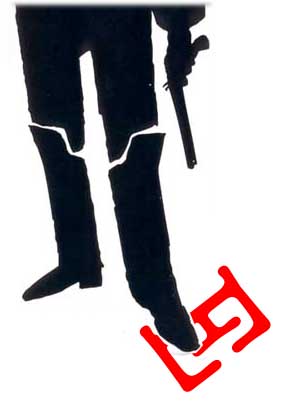 The English alphabet contains twenty-six letters. They all have their uses. Some more than others. The letter “E” gets the most use: how could we live without it?
The English alphabet contains twenty-six letters. They all have their uses. Some more than others. The letter “E” gets the most use: how could we live without it?
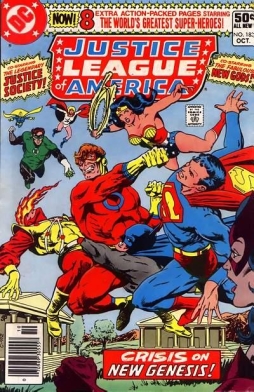 I was planning to start the series of posts on Romanticism and fantasy this week, but something came up in the last few days that I’d like to write about; particularly since it seems to resonate with
I was planning to start the series of posts on Romanticism and fantasy this week, but something came up in the last few days that I’d like to write about; particularly since it seems to resonate with 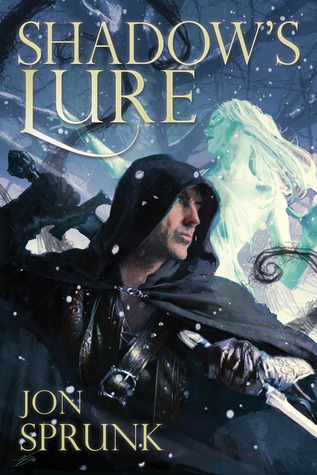
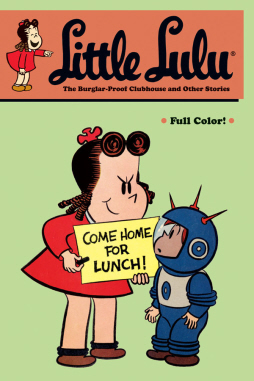
 In a galaxy, far, far away,
In a galaxy, far, far away, 
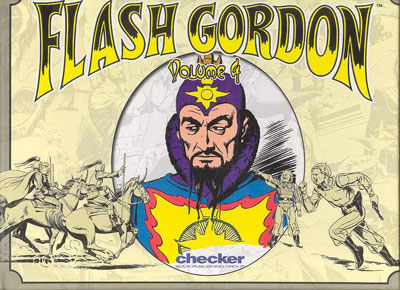
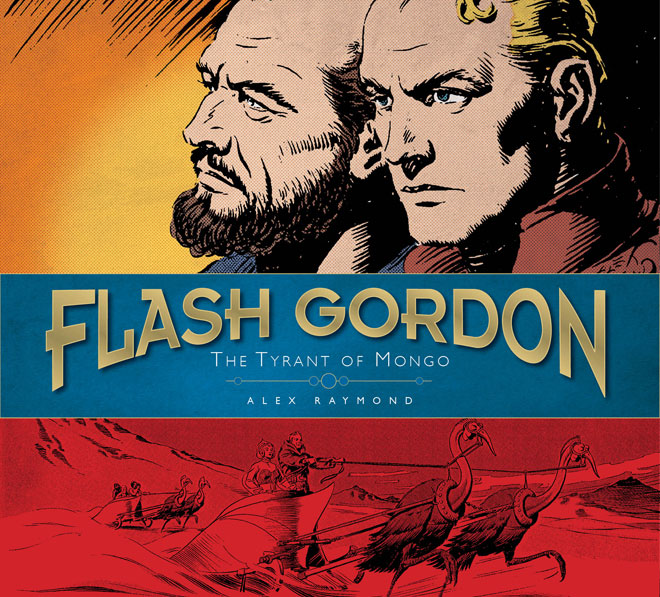
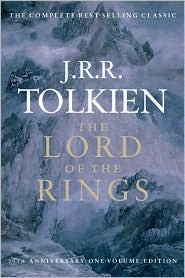 Part 1 of a 2-part series
Part 1 of a 2-part series